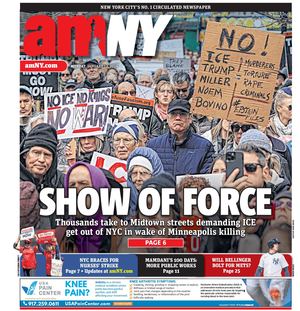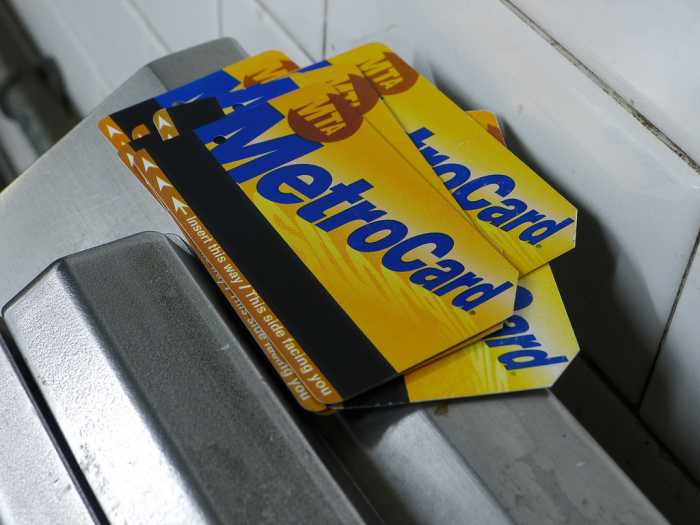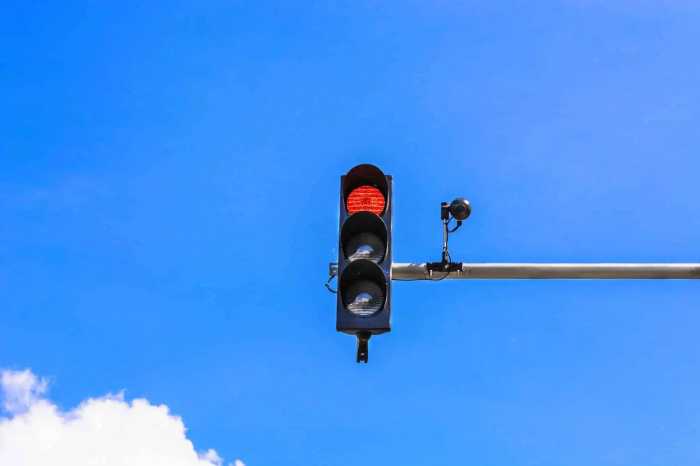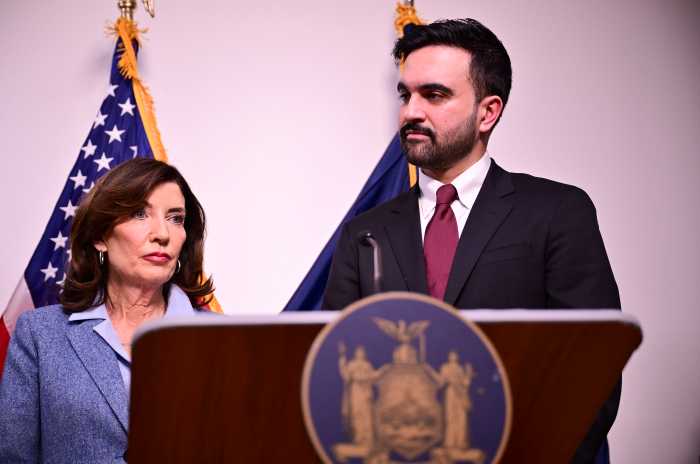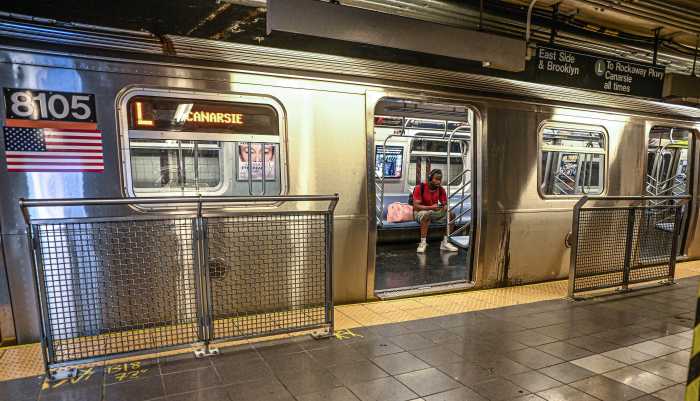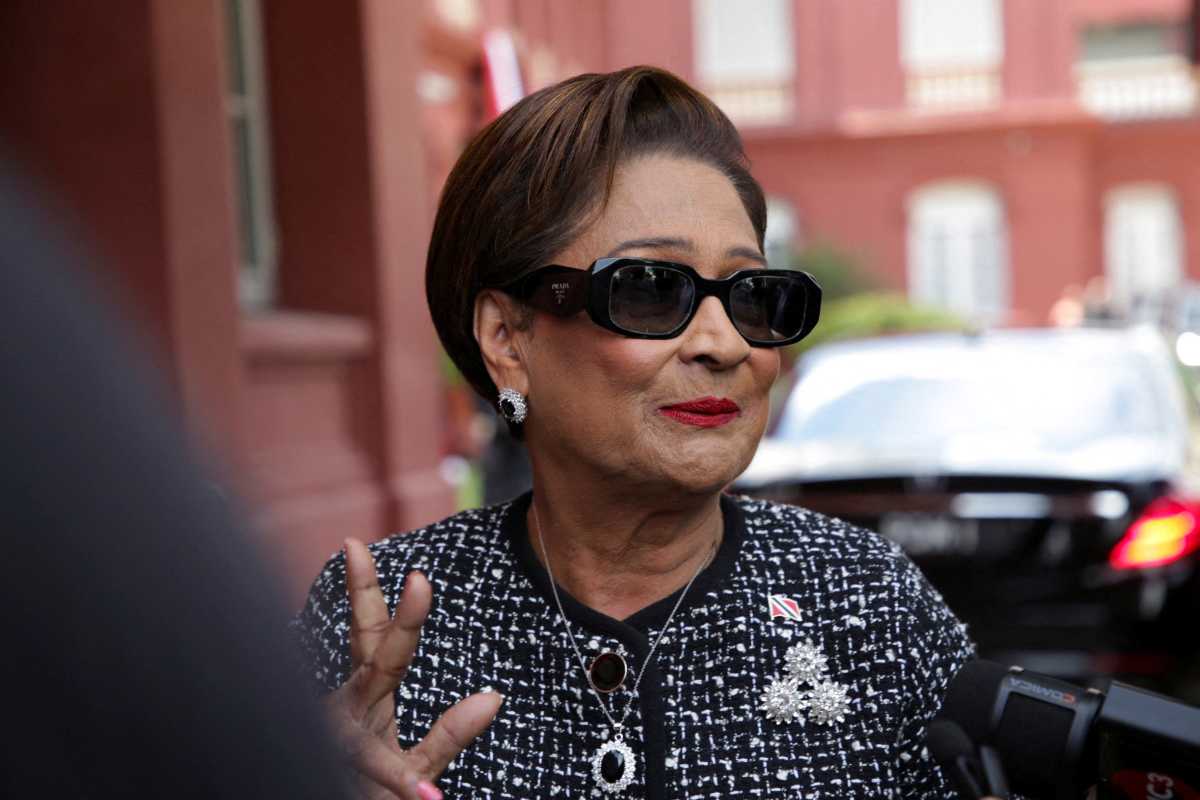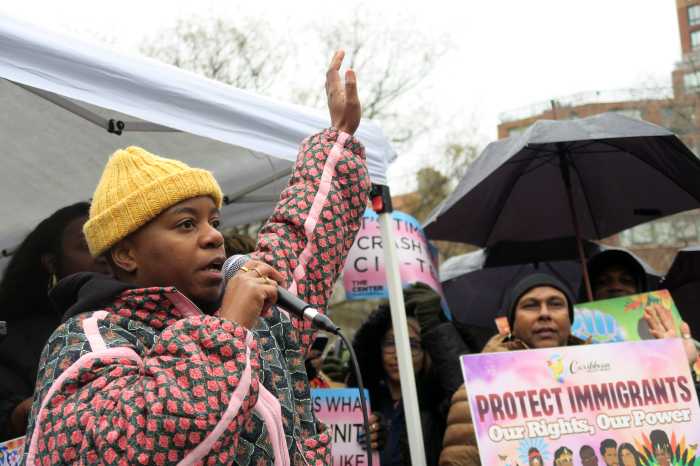It’s one step forward for Mayor Bill de Blasio’s streetcar and two steps back.
As the de Blasio administration looks to move forward with the proposed Brooklyn-Queens Connector, called BQX, there’s renewed hesitation among local elected officials, experts and some residents about the merits and prudence of the project.
The latest skepticism comes after a summer report in which the administration outlined that the streetcar, now envisioned to run along the waterfront of Brooklyn and Queens from Red Hook to Astoria along an 11-mile route, would cost more and take longer than estimated to build while running a shorter route.
"We would be able to add additional bus service — bus lines, express bus, Select Bus — we’d be able to do that extremely quickly, much more efficiently and at much lower cost,” said City Councilman Jimmy Van Bramer, whose district includes Long Island City, Queens, which the streetcar would transverse.
De Blasio first billed the streetcar as a project that would pay for itself by increasing property values along its route and increasing tax revenue, a tactic known as value-capture financing. Now, however, the project is expected to cost $2.7 billion, with only about half the cost coming from value-capture financing and the other half from the federal government.
The city also now expects to break ground on the project long after de Blasio leaves office, in 2024, leading Van Bramer and others to believe that it could never come to fruition.
"We need solutions and we need them now,” Van Bramer continued. “Hunters Point, LIC, Court Square — these areas have seen unprecedented growth and we want more and better north-south, east-west routes, but I just don’t know if we can afford to wait for something that may or may not happen.”
With the subways built to shuffle people between the outer boroughs and Manhattan, the mayor sees the project as a meaningful way to create a new city-run, Brooklyn-to-Queens transit option for a growing number of residents who work in emerging economic hubs in the outer boroughs. The city is now looking to start the process for an environmental impact study this winter, followed by a formal review process for development projects, the ULURP (Uniform Land Use Review Procedure), in 2020.
“These neighborhoods have grown rapidly without the transit to match,” mayoral spokeswoman Jane Meyer said in a statement. “The BQX is part of an all-the-above approach to make sure people have the public transit they need. Communities will be involved at every step of the process and are integral to the project’s success.”
Brooklyn Councilman Carlos Menchaca, who leads the Council’s BQX Task Force, and some of his colleagues in recent weeks said that public input will be integral to shaping their ultimate stances on the project. Menchaca, who is currently planning the first convening of the task force, seemed dedicated to making sure the city won’t waste money on a project if communities didn’t want it.
"I think what we want to do is really shepherd through the mandate of the Council, which is the people’s voice — to bring the people’s voice into the discussion,” Menchaca said.
"Only then will we be able to consider pressing the green light on this,” he continued. “In fact, the option to press the red light is not only real and possible but is within our role as a Council."
After more than two years since de Blasio first introduced the streetcar concept, residents with whom amNewYork spoke in Brooklyn and Queens were still unfamiliar with the project. Some welcomed the idea.
“Any addition to transportation is a good idea,” said Marina Rana, 34, of DUMBO.
But many more were skeptical and felt that the region’s more pressing needs — the subway and bus systems’ service crisis — should come first.
“Just fix the subways,” said Michael Naula, a technician who lives in the Bronx and works in Long Island City.
While Gov. Andrew Cuomo controls the MTA, the authority is looking to the city to help fund its roughly $40 billion, 10-year plan, called Fast Forward, to modernize subways, buses and accessibility. Brooklyn Councilman Brad Lander said recently that the fact that BQX won’t pay for itself is “a real negative” because MTA already needs “many billions just to maintain our current infrastructure."
The streetcar is expected to travel about 12 mph, saving a projected 50,000 daily riders between several minutes and 14 minutes, depending on the trip and destination. But some critics have pointed out that a significant portion of the proposed route closely mimics that of the G train and that, as the city has noted, the streetcar would need to mostly run on an exclusive track separated from traffic and take priority at signaled intersections to meet expected travel times.
Critics of the BQX, including Tom Angotti, professor emeritus of Urban Policy and Planning at Hunter College, can see the streetcar continuing as a zombie project that the next mayor could kill. Angotti described the streetcar as a project conceived by developers that doesn’t do much to serve neighborhoods outside of the subway’s footprint.
“The No. 1 problem is it’s not a transportation solution. It’s a development solution driven by new high-rise, luxury development on the waterfront,” Angotti said.
“The City Council can say, ‘No, not a penny [for the BQX].’ Right now they don’t even have to do that, because this is not going to be done on this mayor’s watch,” he continued. “But if I were a betting man, I would bet that it’s not going to happen.”
(With Ivan Pereira)
